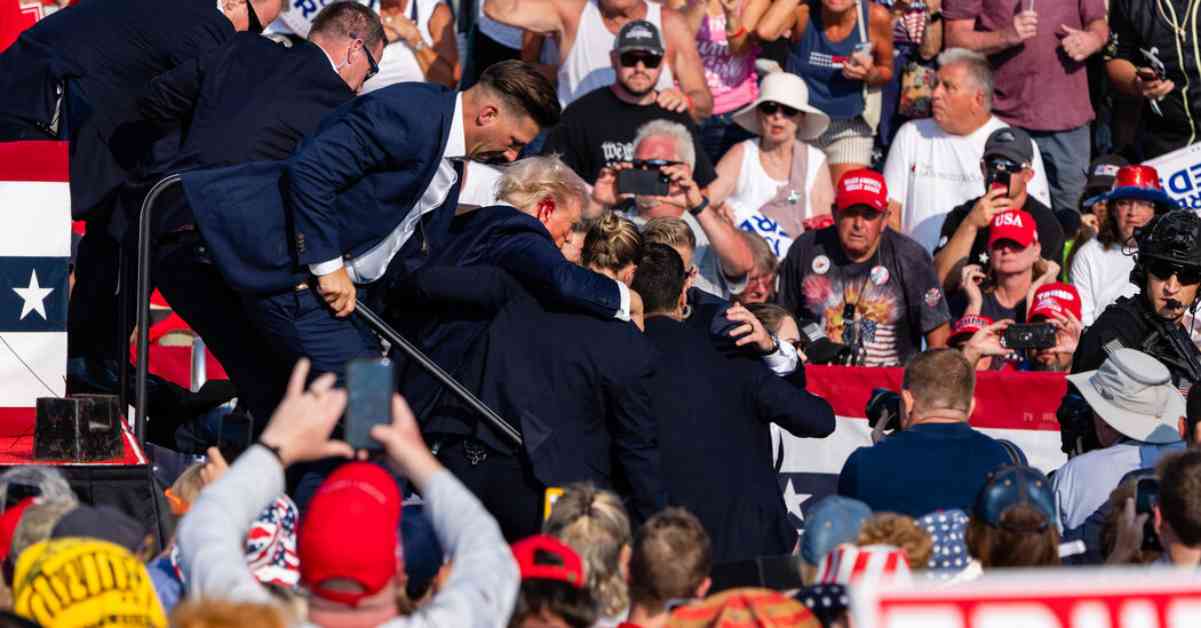An assassination attempt on a former President has shaken the nation, with the shocking incident unfolding live on social media. The images of a wounded Donald J. Trump spread rapidly across various platforms, sparking a wave of reactions and speculation.
This marks the first such incident involving a current or former American president in the age of social media, leading to a frenzy of conspiracy theories, accusations, and political maneuvering online. The speed at which information and misinformation spread on the internet far outpaced the actual facts of what occurred at Trump’s campaign rally in Butler, Pa.
In contrast to past assassinations that left the nation in mourning and introspection, the response to this event was characterized by anger, blame, and even humor in 2024. Rather than reflecting on the gravity of the situation, many immediately jumped to conclusions and assigned blame based on their political affiliations.
Within moments of the initial footage showing Trump clutching his injured ear, there were claims from some on the left that the incident was staged, while prominent figures on the right pointed fingers at Democrats for creating a hostile environment leading to the attempted assassination. Before any details emerged about the perpetrator, Trump’s allies were already laying blame at the feet of President Biden and his party.
The rapid spread of misinformation and the politicization of a violent act demonstrate the divisive and turbulent state of American politics in the modern era. As the nation grapples with the aftermath of this shocking event, it is clear that the impact of social media on shaping public discourse and reactions to such incidents cannot be underestimated.




